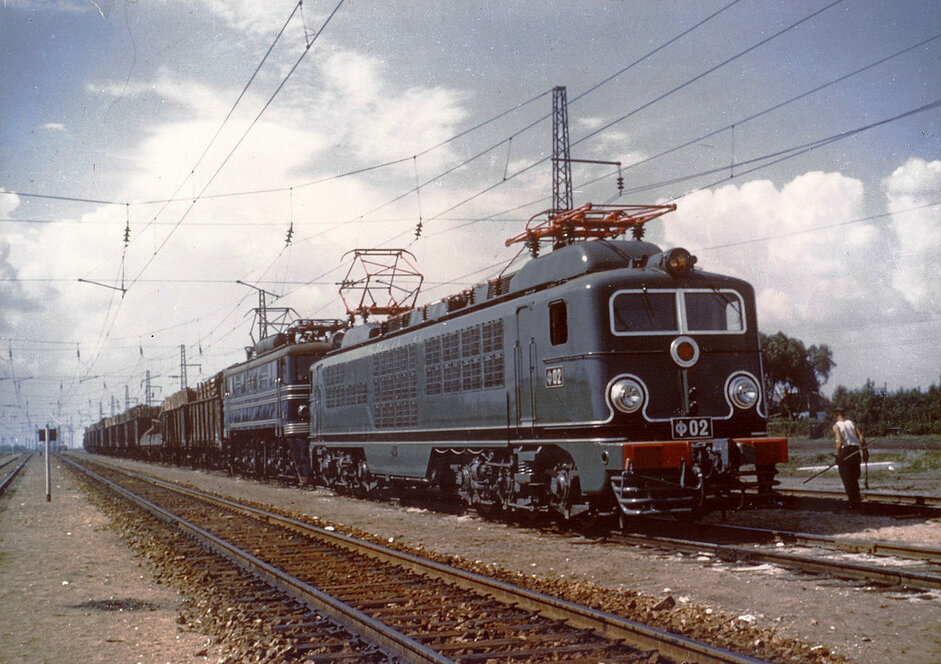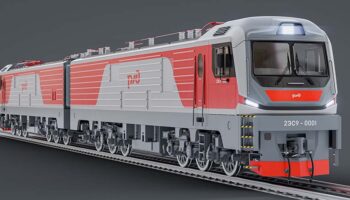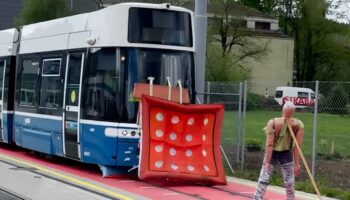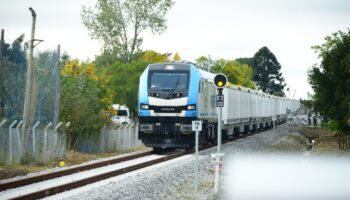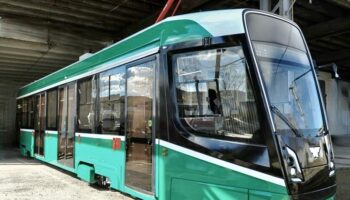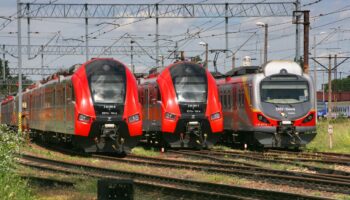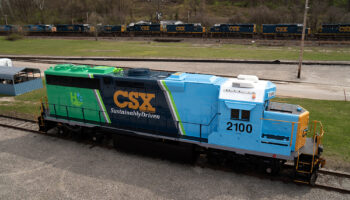In the 19th century, when the Russian railway network began to exist, locomotives were supplied from abroad. By the time the railway line from St. Petersburg to Moscow was built, most of the European and American countries had already been using widely this type of transport, both for passengers and freight. The absence of their own locomotive factories forced the government to buy imported locomotives from England, France, Belgium and Germany.
The second mass import of foreign equipment fell on the period of the Second World War, when American steam locomotives made by Baldwin company were supplied on the basis of Lend-Lease agreement, also in the post-war period. The USSR, which was experiencing great difficulties due to post-war economy, began to use captured steam locomotives, which were converted to work on a wide track. German, Austrian and Finnish steam locomotives worked well enough on the railways and some of them served up to 70 years!
During the years of transition from railway transport to electric traction, foreign orders were caused by several reasons. The first is the creation of economic industrial cooperation with the countries of Eastern Europe, which, after the Second World War, began to build socialism. Czechoslovakia, Hungary, the GDR became the major countries from which locomotives and carriages came to the Soviet Union.
The second reason was the absence of domestic experience in building AC electric locomotives. And here it was essential to use imported equipment in order to gain experience in its design and operation.
 Scheme of the series F electric locomotives
Scheme of the series F electric locomotives
In 1957, the Soviet Union ordered a series of 50-unite electric locomotives operating on alternating current with a voltage of 25 kW from France to the Alstom plant. The rectifiers for these locomotives were single-plate mercury ignitrons with a controlled cathode. They could operate at high amperage, and mercury itself, as an extremely toxic metal, was not taken into account.
The choice of the French locomotive company was not accidental. Already by 1950, Alstom had considerable experience in the design and operation of high-speed AC electric locomotives. For the Soviet Union, which had a significant length of electrified lines and continued to increase them, the use of direct current posed numerous technical challenges. And the French electric locomotives were at the right time and place.
Ignitron reference
Ignitron (from Latin ignis – fire) is a mercury rectifier, a single-anode ionic device with a mercury cathode and a controlled arc discharge. It is used as an electric valve in powerful rectifier devices in transport, electric welding devices. The advantages of the ignitron include the ability to operate with an average current of hundreds of amperes and a rectified voltage of up to 5 kW. In this case, the efficiency of the device reaches values of 98-99%!
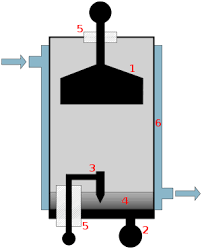
Scheme of ignitron: 1. anode, 2. cathode, 3. ignition electrode, 4. mercury, 5. insulators, 6. coolant
One of the disadvantages is the use of mercury, a highly toxic metal. Ignitrons are temperature sensitive. So, for example, on VL60 electric locomotives with ignitron rectifiers, it was not allowed to start up the rectifiers at a cooling temperature below +25 °C and above +38 ° C. In addition, unexpected bumps (where on the railroad without them?!) could lead to the mercury splashing in the ignitron cavity and the occurrence of reverse ignition. It is no coincidence that mercury rectifiers were subsequently replaced by new silicon-based rectifiers.
Of the total number of the ordered series, 40 locomotives were intended for freight tranposrtation, 10 units of which were equipped with a recuperation system (FR), the remaining 10 were passenger ones (they were assigned the FP series index). The wheel arrangement of all locomotives was 3o-3o, and the power was equal to 790 kW. Freight electric locomotives could reach speed of 100 km / h, passenger ones – 160 km / h.
Electric locomotives for the Soviet Union were not designed from scratch. In order to speed up the implementation of the interstate order, Alstom used existing parts and assemblies of electric locomotives that were designed for France. The only significant difference was in adherence to the required dimensions, taking into account the gauges of the Soviet railways of 1520 mm. This led to the underbody space passages narrowing and body length increase. The passenger and freight electric locomotives were also distinguished by the traction motors mounting. Using identical TAO-649V1 and TAO-649A1 (in FP), French designers used axial support for traction engines for freight, and frame support for passenger vehicles.
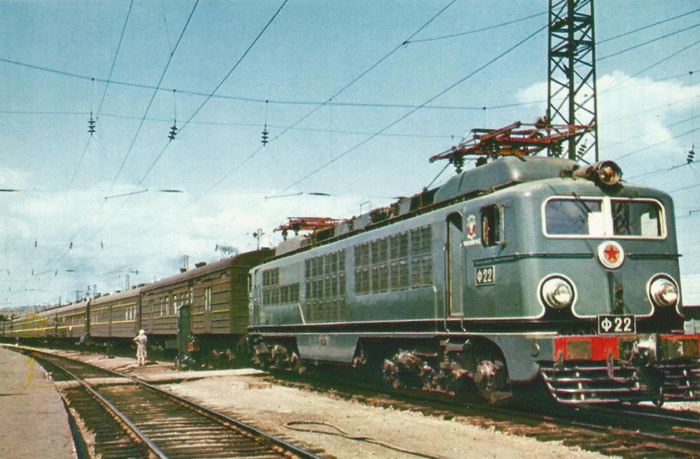 Series F electric locomotive with a passenger train, Soviet times
Series F electric locomotive with a passenger train, Soviet times
In April 1959, the first built locomotives with the F-01 index passed trials at Valenciennes – Thionville part of the French railway network. The electric locomotive carried 1,100, 2,250 and 2,500 tons. The possibility of the locomotive to operate on a system of many units has been also tested. The tests were successfully passed and between 1959 and 1960 the entire series was transported to the USSR by sea. In order to organize the high-quality work of French electric locomotives, they were concentrated on the Krasnoyarsk railway.
The locomotive crews appreciated the newcomers. The cabins had double glazing, powerful heaters, which created comfortable working conditions for the brigade in winter. Soft armchairs, a control panel, a pleasant greenish illumination of devices were comfortable. For the Siberian railway, this was important, since the Soviet electric locomotives available at that time did not have such conditions.
Nevertheless, the operation of the new rolling stock showed that the French electric locomotives had many design shortcomings. On the electrical side, questions were made on autotransformer windings, traction motors, fan motors, and resistors. Mechanical parts – body supports and motor-compressor couplings – also caused criticism. Despite the track profile, it was not possible to fully implement the energy-saving technology on electric locomotives with recuperation. Work on improving the regenerative braking lasted more than a year, but all the efforts of the specialists did not give the desired result.
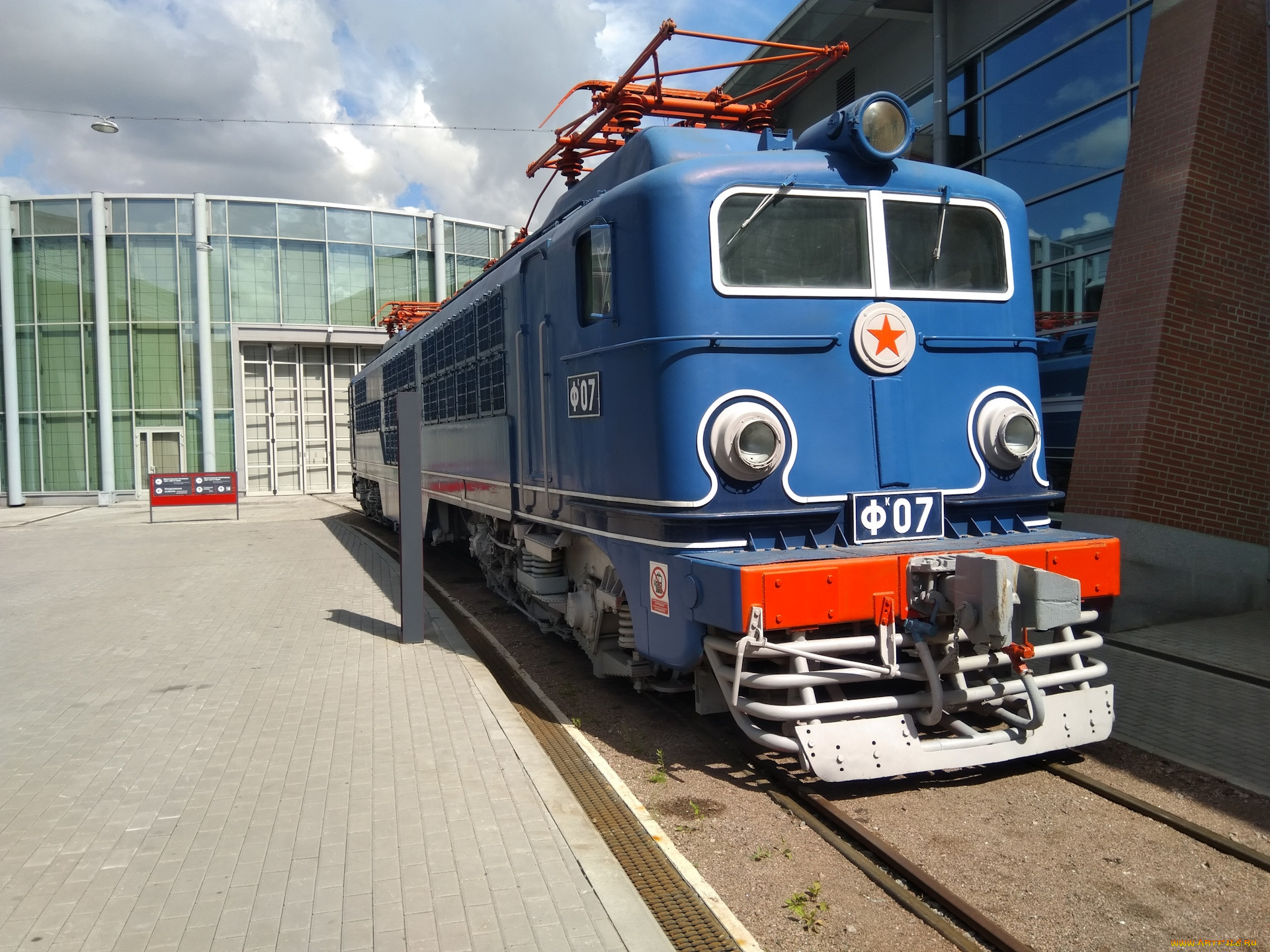 Series F electric locomotive in the Russian Railway Museum in St. Petersburg. Source: artfile.ru
Series F electric locomotive in the Russian Railway Museum in St. Petersburg. Source: artfile.ru
The ten-year work of the French electric locomotives was not in vain. Their operation, repair, replacement experience of certain units allowed the Novocherkassk Electric Locomotive Plant to launch the production of a new range of VL60 locomotives in the 1960s. They began to gradually replace French electric locomotives.
By 1973, the F series electric locomotives, due to the deterioration of the equipment, especially the rectifier unit, began to gradually withdraw from operation. By August of that year, ten cars had been decommissioned. Forty remaining ones underwent factory repairs, some of them were retrofitted with silicon rectifiers, which increased reliability and made it possible to remove hazardous mercury rectifiers. These locomotives began to be used for supportive transportation work. And electric locomotives with ignitrons were expected to be gradually decommissioned. By 1987, all French electric locomotives of the F series were excluded from the fleet of the USSR Ministry of Railways.
Bibliography:
1. Locomotives of domestic railways (1956 – 1975), V.A. Rakov, 1999
2. French F series of electric locomotives: F01, F07, F23, dvizhenie24.ru, 09/02/2019
3. French sample, A. Reckov, Gudok, 12/30/2009



